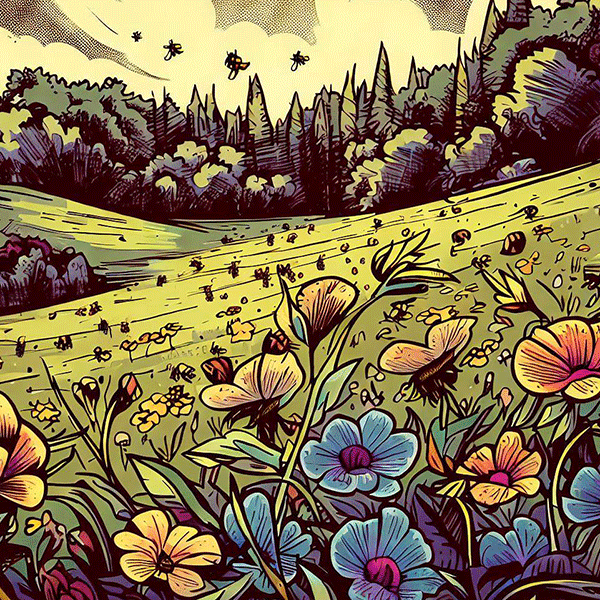How Plants Recreate Themselves
Have you ever planted a seed in a small cup and watched it grow into a plant? Or maybe you’ve seen a field full of bright yellow dandelions that seemed to appear overnight? This is all because of the incredible process of how plants make more of themselves. Let’s explore this amazing world.
The Secret Life of Flowers
Most of the plants we see around us, like roses, sunflowers, and apple trees, use their flowers to make new plants. Just like animals, they have male and female parts, but they are often in the same flower!
The male part of the flower makes something called pollen. The female part has a tiny thing called an ovule. Now, this is where the magic happens. Birds, bees, butterflies, bats, and even the wind help move pollen from one flower to another. This is called pollination. If the pollen lands in the right spot, it travels to the ovule, and a baby plant, or a seed, is created!
Fruits and Seeds
But the story doesn’t stop there. After a seed is formed, the part of the flower that surrounds the ovule turns into a fruit. Fruits are like nature’s suitcases for seeds. They protect the seeds and help them travel to new places.
Some fruits, like berries, are so delicious that animals can’t resist eating them. When they do, they carry the seeds away and later poop them out in new locations. Other fruits, like dandelions or maple trees, have seeds that are carried by the wind. There are even some seeds that can float on water!
Making More Without Flowers
Not all plants need flowers and seeds to make more plants. Some plants have a cool trick where they can create new plants all by themselves. This is called asexual reproduction.
For example, strawberries make long stems with baby plants at the ends. Potatoes have “eyes” that can grow into new plants. Some cacti drop pieces of themselves that can grow roots and become new cacti.

Why Plant Reproduction Matters
Knowing how plants make more plants is not just super cool, but it’s also really important for us. Lots of our food comes from the seeds and fruits of plants.
Farmers can grow more food if they understand how plants reproduce. Gardeners can make their gardens look beautiful. And scientists can help save different kinds of plants from disappearing.
Wrapping Up
Whether it’s through colorful flowers attracting birds and bees, tasty fruits being eaten by animals, or plants making babies all by themselves, plants have come up with amazing ways to keep going. So next time you eat an apple or make a wish on a dandelion, remember – you’re part of the wonderful process of how plants recreate themselves!
